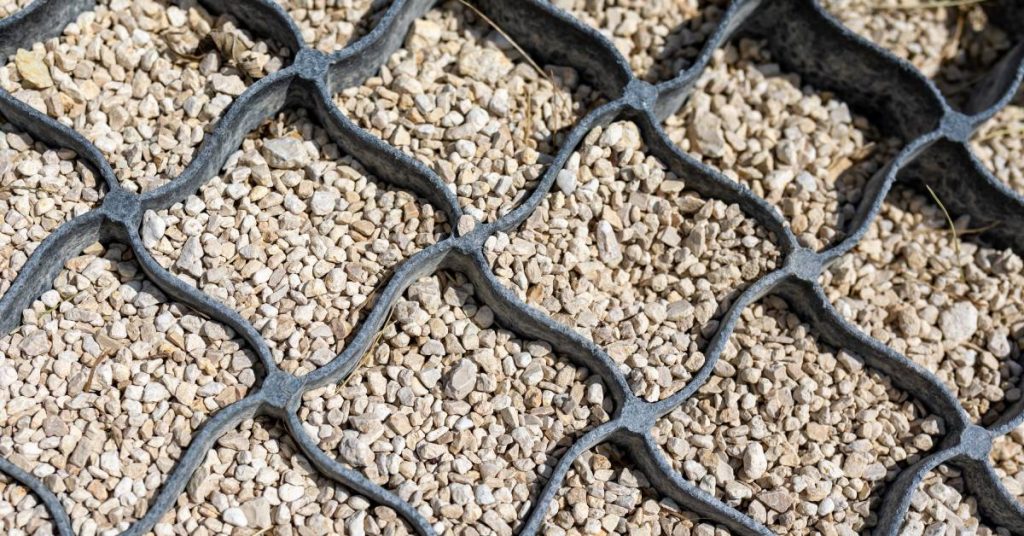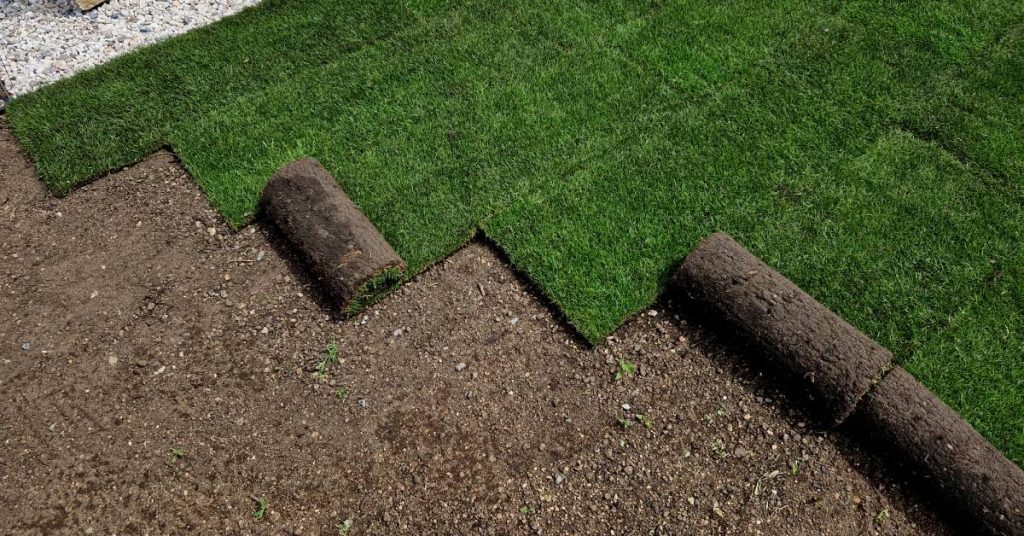Erosion and sediment control are critical considerations for homebuilders. These practices maintain a construction site’s integrity site and protect the surrounding environment. Without proper measures, erosion can cause significant damage to the land, and sediment can pollute water sources. CPM Sweeping is here with a helpful and comprehensive home builder’s guide to erosion and sediment control.
Understanding Erosion and Sediment Control
Erosion is the process by which soil wears down through natural forces such as wind, water, or other environmental occurrences. Sediment control involves practices to prevent eroded soil from leaving the construction site. Understanding these two concepts is crucial for any home builder wanting to minimize their environmental impact.
Erosion can lead to the loss of fertile topsoil, making the land less suitable for future construction projects. Sediment also has a habit of clogging waterways, harming aquatic life, and even leading to regulatory fines. Builders can avoid these issues and positively contribute to environmental conservation by implementing effective erosion and sediment control measures.
Homebuilders must recognize that erosion and sediment control is not a one-time task but one that requires ongoing attention and adaptation to changing conditions. Different construction phases will present unique challenges, necessitating a flexible and well-informed approach.
Planning for Erosion Control
Effective erosion control begins with thorough planning. It’s a good idea to assess the site’s topography, soil types, and potential erosion risks before breaking ground on a new project. This initial assessment can inform your selection of appropriate control measures.
Consider the layout of the construction site and identify areas that are particularly vulnerable to erosion, such as slopes and drainage channels. Incorporating natural barriers or retaining walls can help stabilize these areas. Additionally, you may want to plan for the placement of temporary structures, such as silt fences or erosion control blankets, to provide immediate protection.
Developing a detailed erosion control plan ensures you’re addressing as many potential risks as possible. You should integrate this plan into your overall project timeline and budget. By doing so, you can properly allocate your resources to prevent erosion from the very first steps.

Selecting the Right Materials
Choosing the right materials is a key component of successful erosion and sediment control. Various products are available, each suited to different site conditions and project requirements. Erosion control blankets, for example, are ideal for stabilizing soil on slopes, while silt fences are effective for trapping sediment in runoff.
Consider your selected materials’ durability and environmental impact. Biodegradable options, such as coir logs or straw wattles, offer an eco-friendly solution that can naturally decompose over time. Synthetic materials may provide longer-lasting protection, but you should choose them carefully to avoid introducing pollutants to the site.
It’s also important to match the materials to the specific needs of the site. For instance, areas with high water flow may require more robust solutions, such as riprap or geotextiles, to effectively withstand the force of moving water and prevent erosion.
Implementing Best Practices
After selecting all the right materials, you want to focus on implementing the best practices to ensure their general effectiveness. Proper installation and maintenance are crucial for the success of erosion and sediment control measures. Begin by following manufacturer guidelines for the installation of products such as erosion control blankets or silt fences.
Remember to perform regular inspections throughout your project and promptly address any issues as they come up. Check for signs of wear, displacement, or failure, and make repairs as needed. Additionally, maintaining vegetation cover on the site can help stabilize soil and naturally reduce erosion.
Incorporating a combination of strategies often gives you the best results. Using both physical barriers and vegetative cover provides multiple layers of protection against erosion. This holistic approach ensures that the site remains stable throughout the construction process.
Managing Water Runoff
Water runoff is one of the primary causes of erosion, making its management a critical aspect of erosion control. You can utilize proper drainage systems and water diversion to help mitigate the impact of runoff on the construction site.
Designing effective drainage involves creating channels or swales that direct water away from vulnerable areas. You should line these channels with erosion-resistant materials to prevent them from becoming sources of erosion themselves. Installing check dams or sediment basins can slow down water flow and capture sediment before it leaves the site.
Maintaining these drainage systems is equally important. Regularly clear debris from channels and basins to ensure they function properly. Monitoring water flow patterns during heavy rainfall can provide valuable insights into the effectiveness of your drainage strategy and highlight areas that may need improvement.

Vegetative Solutions for Erosion Control
Vegetation is vital in erosion control as it stabilizes soil and reduces water runoff. Establishing a healthy vegetative cover on the construction site can provide long-term protection against erosion.
Selecting the right plant species is crucial for successful vegetative control. It’s a good idea to choose native plants that can more easily adapt to the local climate and soil conditions. These plants typically require less maintenance and are more resilient to environmental stresses.
Planting methods also matter. Techniques such as hydroseeding, where crews spray a slurry of seeds, mulch, and fertilizer onto the soil, can quickly establish vegetation in large areas. Alternatively, using sod or erosion control mats can provide immediate ground cover and stability.
Regulatory Compliance and Environmental Responsibility
Compliance with local, state, and federal regulations is a critical aspect of erosion and sediment control. Homebuilders should have a basic understanding of relevant laws and guidelines to avoid legal penalties and contribute to environmental protection efforts.
Regulations may vary depending on the project’s location and scope. Common requirements include obtaining permits, implementing specific control measures, and conducting regular site inspections. Staying up to date with these regulations ensures your project remains compliant and avoids potential fines.
Beyond compliance, adopting environmentally responsible practices demonstrates a commitment to sustainability. Consider implementing additional measures, such as using recycled materials or minimizing soil disturbance, to further reduce the environmental impact of your construction activities.
CPM Sweeping is proud to help residential construction crews with their projects through our home builder’s guide to erosion and sediment control and expertise. You can maintain compliance with local regulations while enhancing the overall safety of your site by choosing our professional sweeping solutions and hiring a quality construction sweeper. We want your construction project to go smoothly and keep you from dealing with debris or erosion concerns along the way. Contact us today to learn more about how we can help.

